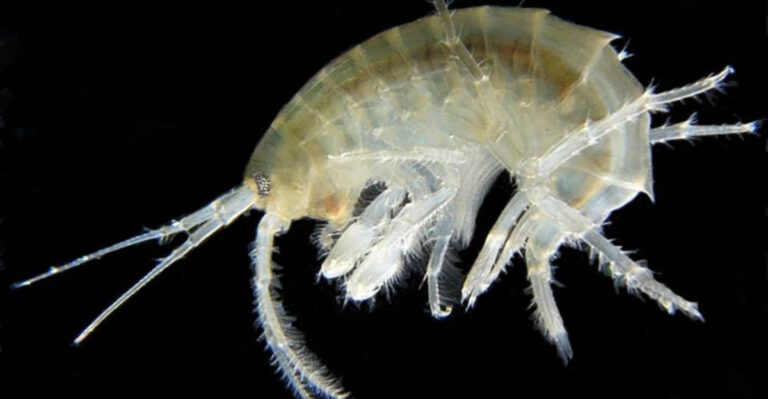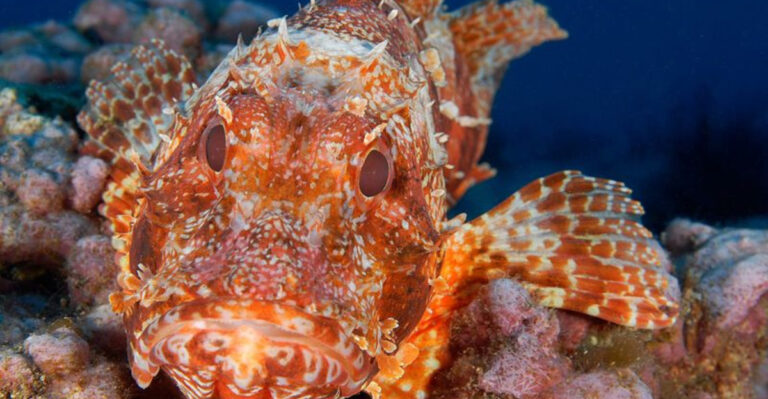10 Aquatic Animals That Create Their Own Light Shows
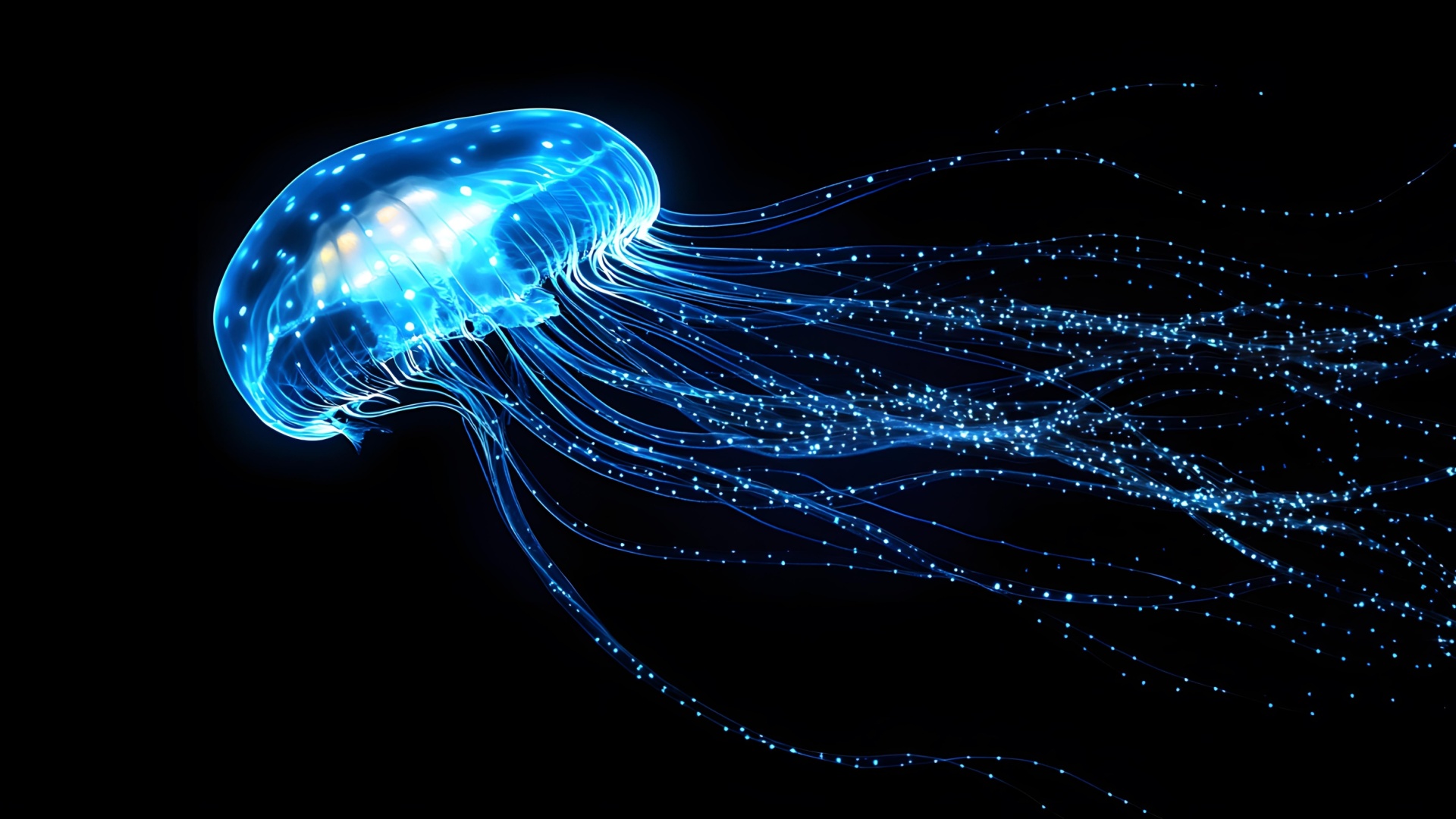
The mysterious depths of the ocean are home to some of nature’s most dazzling displays of light. Among the many wonders that dwell beneath the waves, bioluminescent creatures captivate our imagination with their ability to create their own light shows.
Today we’ll talk about some incredible aquatic animals that light up the ocean in mesmerizing fashion.
1. Lanternfish
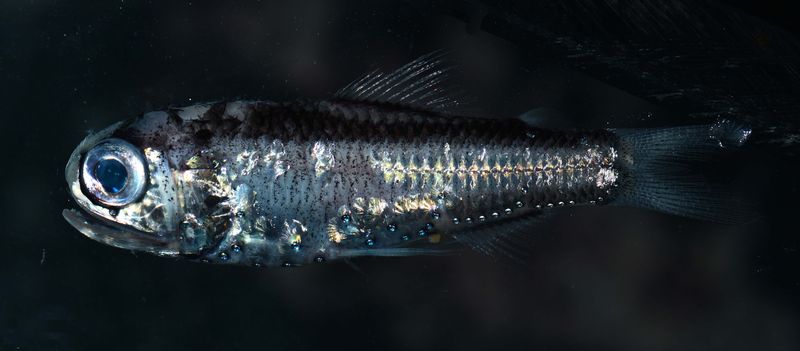
Beneath the ocean’s surface, the lanternfish orchestrates a light show with its bioluminescent organs. Though small in stature, this fish plays a pivotal role in the ocean’s ecosystems. It uses light to communicate and navigate the dark depths.
By emitting a faint glow that mimics the surrounding light, the lanternfish can avoid predators. This phenomenon, known as counter-illumination, is a fascinating adaptation seen in various sea dwellers.
In addition to predator evasion, bioluminescence aids in attracting prey. As a cornerstone of the deep-sea food chain, the lanternfish’s luminescence ensures its survival and that of many others.
2. Firefly Squid
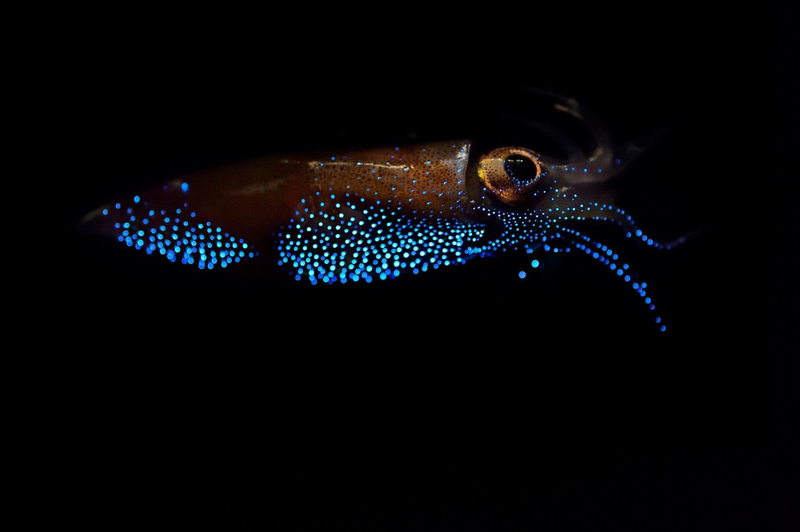
The firefly squid dazzles with its vibrant blue light, creating a spectacle each spring along Japan’s coast. This tiny cephalopod uses bioluminescence to communicate with fellow squids.
During mating season, the synchronized light displays captivate observers. The glow emerges from photophores, specialized cells on its body, producing a breathtaking visual effect.
Beyond aesthetics, their light show serves practical purposes, such as confusing predators and luring prey. The firefly squid’s glow is an integral part of its survival strategy.
3. Glowing Jellyfish
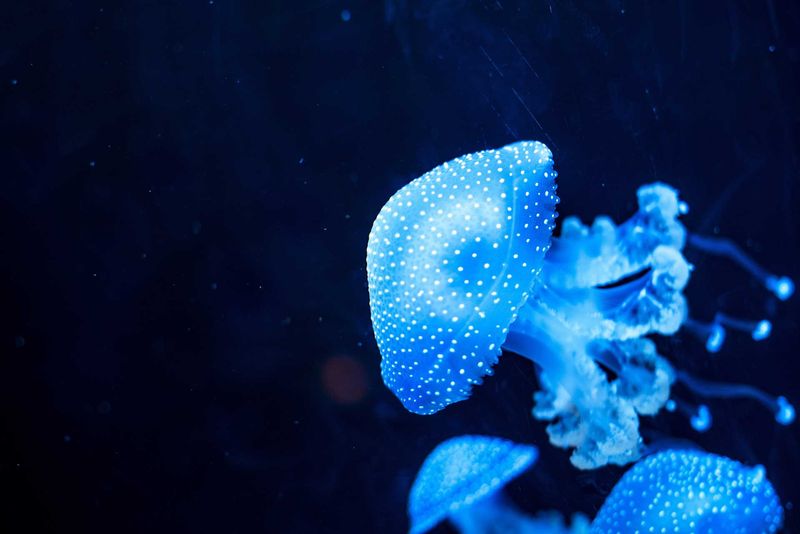
Floating gracefully, the glowing jellyfish illuminates the sea with its ethereal light. Its bioluminescence is a defense mechanism against predators.
When threatened, the jellyfish’s glow acts as a visual distraction, allowing it to escape. This mesmerizing light display is a combination of bioluminescent proteins and calcium.
Such displays are not merely defensive; they also play a role in mate attraction and communication within species. The glowing jellyfish exemplifies the diverse uses of light in the ocean.
4. Anglerfish
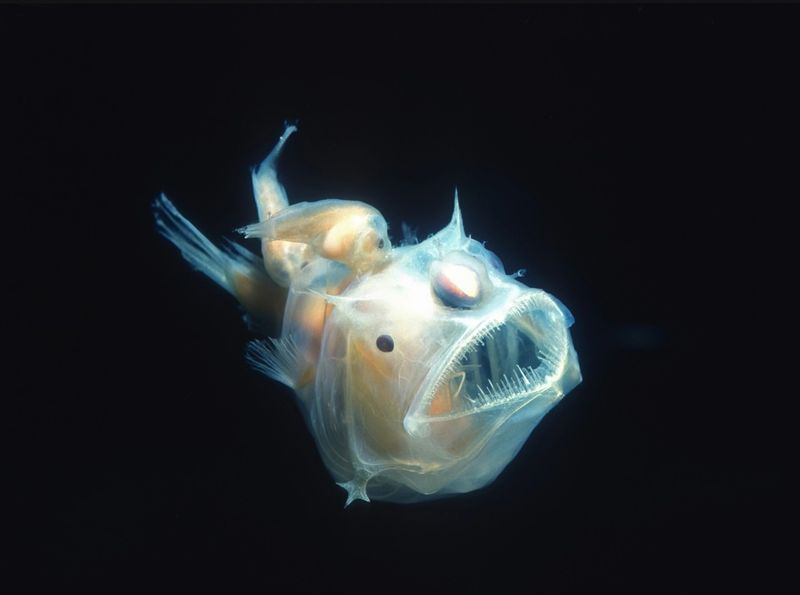
In the abyssal depths, the anglerfish wields its luminous lure to captivate unsuspecting prey. This glowing appendage, extending from its head, is like a beacon in the dark.
The bioluminescent lure attracts smaller fish, which are then engulfed by the anglerfish’s large mouth. This adaptation is crucial for survival in a world where food is scarce.
Beyond hunting, the anglerfish’s light may aid in mate attraction. This fish embodies the harsh yet fascinating realities of deep-sea life.
5. Comb Jelly (Ctenophore)
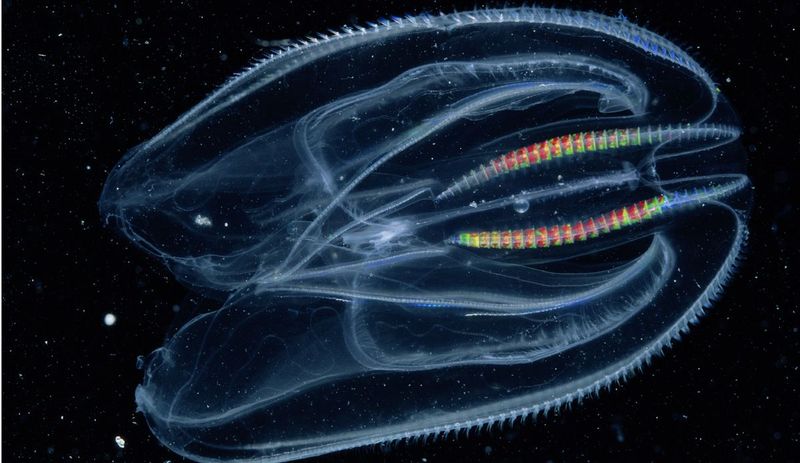
The comb jelly enchants with its shimmering, rainbow-like lights. Unlike true jellyfish, this creature uses cilia to move, reflecting light in mesmerizing patterns.
Bioluminescence in comb jellies serves both defense and predation. The light show can confuse predators and attract prey simultaneously.
Comb jellies highlight the complexity of light usage in marine life. Their luminescent display is not only beautiful but a vital aspect of their ecological role.
6. Vampire Squid
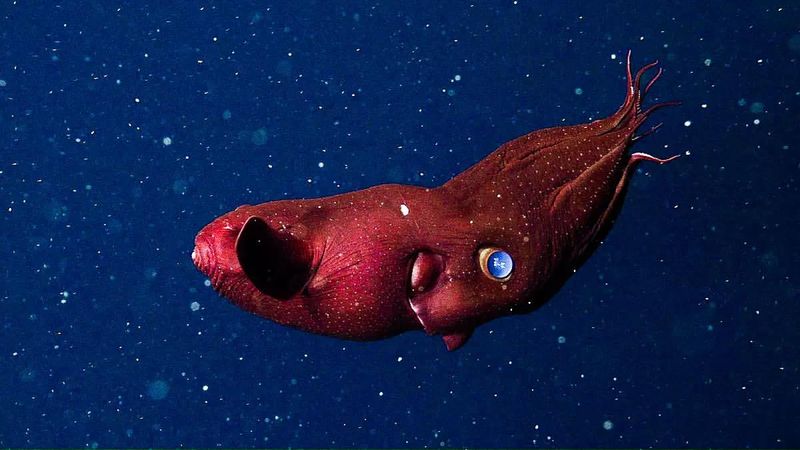
The vampire squid is an enigma of the deep sea. Its bioluminescent capabilities are used for more than just aesthetics.
This squid uses light to startle predators and communicate with others. Its unique appearance and glowing arms create an unforgettable sight.
In the ocean’s depths, the vampire squid’s light show is a key survival tool. It exemplifies how deep-sea creatures have evolved to thrive in darkness.
7. Cookiecutter Shark
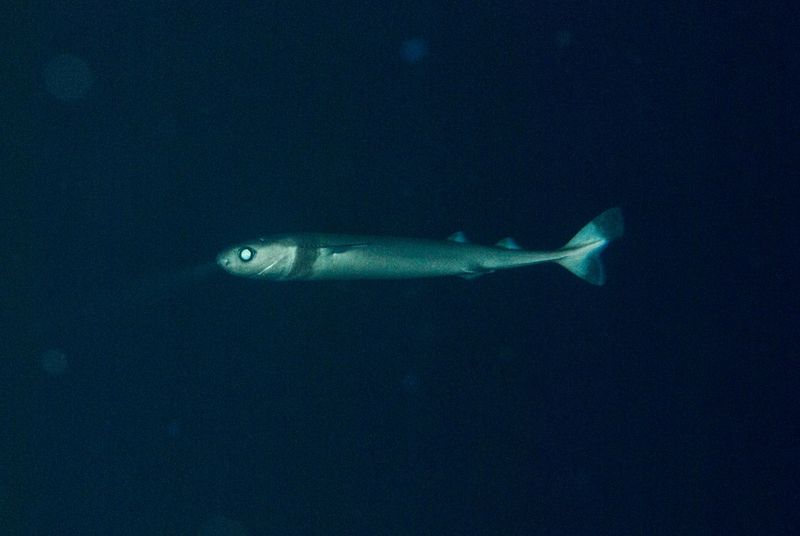
The cookiecutter shark is known for its unique feeding strategy. Its bioluminescent underbelly confuses larger predators.
By mimicking smaller prey, it lures them close, taking a distinctive circular bite. This shark’s glow is both a hunting tool and a disguise.
The cookiecutter shark’s light shows the clever adaptations of marine predators. Its seamless blend of predation and protection is a marvel of evolution.
8. Brittle Star
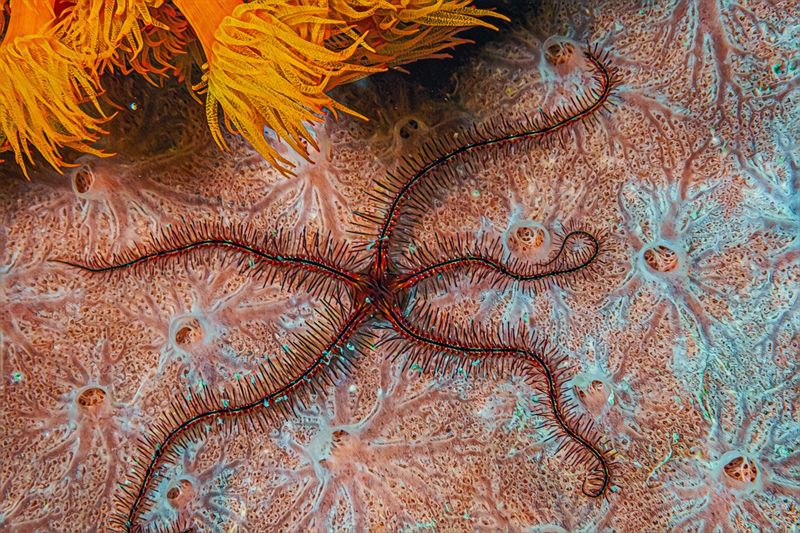
The brittle star is a lesser-known but fascinating bioluminescent creature. Its glowing arms serve various purposes.
Light emission helps brittle stars in startling predators. The glow can also aid in regeneration by distracting threats.
Bioluminescence in brittle stars reflects the diverse adaptations found in ocean life. It is a testament to the ingenuity of aquatic evolution.
9. Atolla Jellyfish
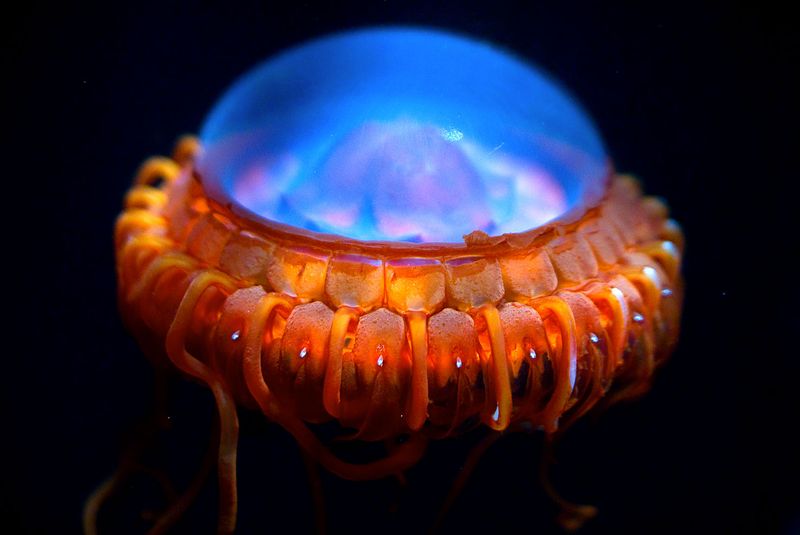
The Atolla jellyfish is often compared to a UFO due to its pulsating, bright lights. These displays serve as defensive mechanisms against predators.
When threatened, the jellyfish emits a series of flashes, drawing attention away from itself. This bioluminescent display is akin to a burglar alarm in the ocean.
The Atolla jellyfish’s light show is a fascinating glimpse into the strategic use of bioluminescence. It highlights the adaptability of marine life in hostile environments.
10. Deep-Sea Dragonfish
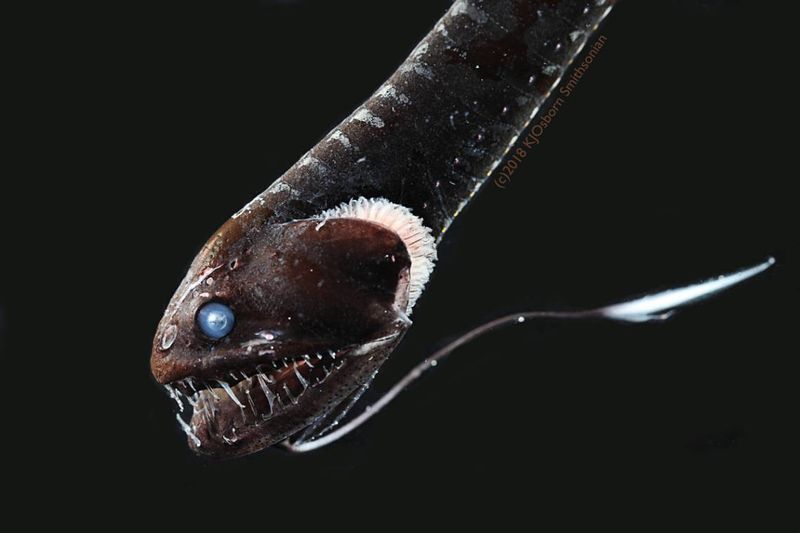
The deep-sea dragonfish is a formidable predator in the ocean’s dark abyss. Its glowing barbel acts as a lure for prey.
With sharp teeth and a menacing appearance, the dragonfish uses light to ambush unsuspecting victims. Its bioluminescence is integral to its hunting strategy.
In the challenging environment of the deep sea, the dragonfish’s light show is a testament to evolutionary innovation. It underscores the complex interplay between predator and prey.



